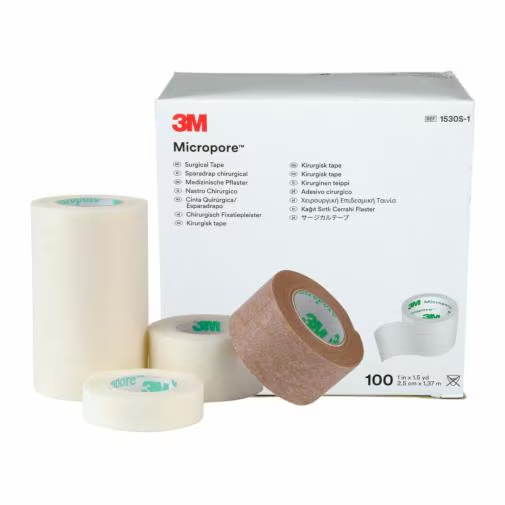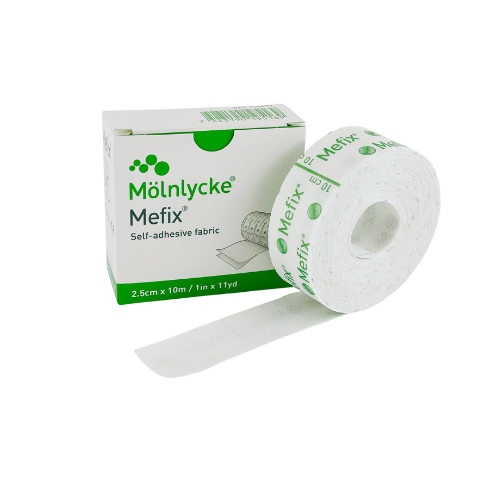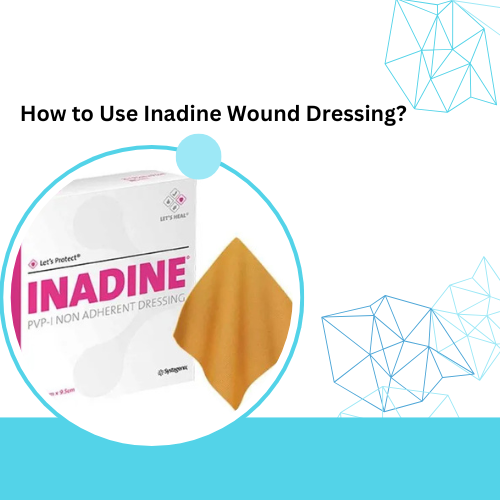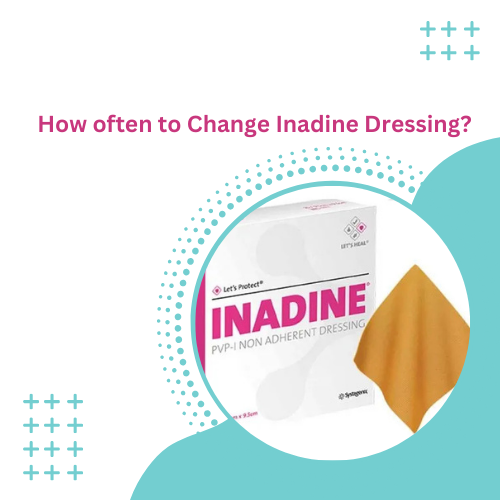Micropore tape is a versatile, breathable adhesive tape that is particularly useful for securing dressings over wounds. Its gentle adhesion makes it ideal for sensitive skin, ensuring that dressings stay in place without causing irritation. In this guide, we’ll provide a step-by-step process for effectively using micropore tape on wounds.
Step-by-Step Instructions for Using Micropore Tape on Wounds
1. Gather Your Supplies
Before you begin, make sure you have the following items:
– Micropore tape
– Clean gauze or dressing
– Antiseptic wipes or solution
– Scissors (if needed)
2. Clean the Wound
Start by cleaning the wound and the surrounding area:
– Wash Your Hands: Ensure your hands are clean to prevent introducing bacteria to the wound.
– Clean the Wound: Use antiseptic wipes or a gentle saline solution to clean the wound. Pat the area dry with a clean cloth.
3. Apply the Dressing
If you’re using a dressing, place it over the wound before applying the micropore tape:
– Choose an Appropriate Dressing: Select a sterile dressing that adequately covers the wound.
– Position the Dressing: Place the dressing over the wound, ensuring it extends beyond the edges to protect the area.
4. Cut the Micropore Tape
Measure and cut the micropore tape to the appropriate length:
– Measure the Length: Cut a piece of micropore tape that is slightly longer than the edges of the dressing, ensuring it covers all sides.
– Cut the Tape: Use scissors to create a clean edge, making it easier to apply.
5. Apply the Micropore Tape
Now it’s time to secure the dressing with the micropore tape:
– Peel the Backing: Carefully peel the backing off the micropore tape. Be cautious not to touch the adhesive side.
– Position the Tape: Place the tape over the dressing, ensuring it covers the edges completely. Start by placing it down the center of the dressing, then smooth it out toward the edges.
– Smooth Down the Tape: Gently press the tape onto the skin, starting from the center and working outward to avoid air bubbles. Make sure the edges adhere well to the skin.
6. Check for Comfort and Secure Fit
After applying the tape, ensure that it is comfortable:
– Assess the Fit: Check that the tape is not too tight, allowing for natural movement without restriction.
– Inspect for Adhesion: Make sure the edges are securely adhered to the skin to prevent lifting.
7. Monitor the Wound
Keep an eye on the wound and the taped area:
– Check for Irritation: Look for any signs of redness or irritation around the edges of the tape.
– Change the Dressing as Needed: If the dressing becomes wet or soiled, replace it promptly to maintain cleanliness.
Tips for Effective Use of Micropore Tape
– Use in Dry Conditions: Micropore tape is not waterproof, so keep the wound dry to ensure the tape remains secure.
– Layering: If you anticipate exposure to moisture, consider using a waterproof dressing in addition to the micropore tape.
– Gentle Removal: When it’s time to change the dressing, follow proper removal techniques to minimize discomfort.
Can I Put Micropore Tape Directly on a Wound?
3M Micropore tape is a popular adhesive tape used in medical settings for various purposes, including securing dressings and anchoring medical devices. However, many people wonder whether it is appropriate to apply micropore tape directly to a wound. In this blog, we’ll explore the considerations and best practices for using micropore tape in wound care.
Understanding Micropore Tape
Micropore tape is a lightweight, breathable, and hypoallergenic tape made from a non-woven material. Its gentle adhesion makes it suitable for sensitive skin, allowing for easy application and removal without causing irritation. While it is effective for securing dressings, using it directly on a wound requires careful consideration.
Using Micropore Tape Directly on a Wound
1. Not Recommended for Open Wounds
– Adhesion Issues: Micropore tape is not designed to be applied directly to open or exposed wounds. The adhesive may stick to the wound, causing discomfort and potentially damaging the healing tissue upon removal.
– Infection Risk: Direct application can increase the risk of infection, as micropore tape does not provide a sterile barrier. It is essential to keep wounds covered with appropriate dressings that are designed to protect them from contaminants.
2. Best Practices for Wound Care
Instead of applying micropore tape directly to a wound, follow these best practices:
– Use a Sterile Dressing: Always place a sterile dressing or bandage over the wound first. This dressing should adequately cover the wound and absorb any exudate.
– Secure the Dressing with Micropore Tape: Once the dressing is in place, you can use micropore tape to secure it. Apply the tape around the edges of the dressing, ensuring that it adheres well to the skin without pulling on the wound itself.
3. When Micropore Tape Can Be Useful
Micropore tape can be helpful in certain situations:
– Securing Dressing: It is effective for holding gauze or adhesive bandages in place, particularly when additional support is needed.
– Protecting Closed Wounds: If a wound has closed and healed sufficiently, micropore tape can be applied over the area to provide light protection, but it should still be used with caution.
In summary, micropore tape should not be applied directly to open wounds due to the potential for discomfort and infection. Instead, always use a sterile dressing to cover the wound first, and then secure it with micropore tape. By following these guidelines, you can promote healing while ensuring comfort and protection for the skin. When in doubt, consult a healthcare professional for advice tailored to your specific situation.
Conclusion
Using micropore tape on wounds is a straightforward process that can enhance wound care while ensuring comfort. By following these steps, you can effectively secure dressings, promote healing, and protect sensitive skin. Whether you’re a healthcare professional or caring for a loved one at home, mastering the use of micropore tape will help you provide effective care for wounds.




